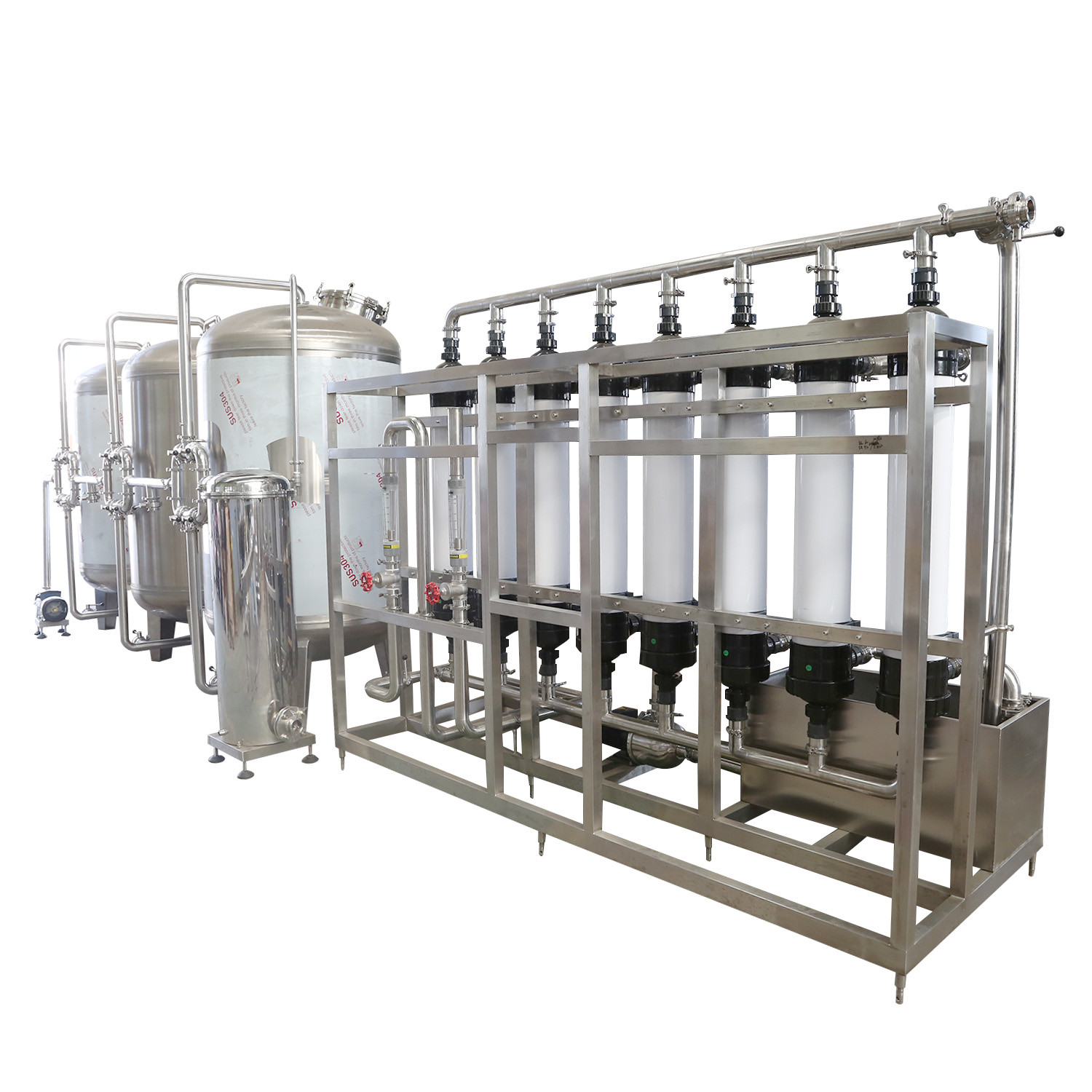The Significance of Water Treatment Equipment
In our daily lives, water treatment equipment is the unsung hero that ensures the water flowing from our taps is safe to drink. Municipal water treatment plants are equipped with a series of processes to purify water sourced from rivers, lakes, or groundwater. Without these facilities, the risk of water – borne diseases such as cholera, typhoid, and dysentery would be significantly higher. In industrial settings, water treatment equipment is equally vital. Industries rely on large volumes of water for various processes. For example, in the food and beverage industry, high – purity water is required to maintain product quality and safety. In power generation, treated water is used for cooling systems to prevent corrosion and ensure efficient operation.
Types of Water Treatment Equipment and Their Working Principles
Filtration Equipment
Filtration is one of the fundamental processes in water treatment. Mechanical filters, like sand filters, use physical barriers to trap suspended particles. Water is passed through layers of sand, and particles larger than the pore size of the sand are retained. Activated carbon filters, on the other hand, work on the principle of adsorption. Activated carbon has an extremely large surface area due to its porous structure. This allows it to attract and hold organic compounds, chlorine, and some heavy metals. Reverse osmosis (RO) systems are a more advanced form of filtration. RO membranes have pores so small that they can reject dissolved salts, heavy metals, and most organic molecules. Water is forced through the membrane under pressure, and only pure water molecules can pass through, leaving contaminants behind.
Disinfection Equipment
Disinfection is crucial for killing harmful microorganisms in water. Chlorination is a widely used disinfection method. Chlorine, when added to water, forms hypochlorous acid, which is a powerful oxidizing agent. This acid penetrates the cell walls of bacteria and viruses, disrupting their metabolic processes and ultimately killing them. Ozone disinfection is another effective method. Ozone is a highly reactive form of oxygen. When introduced into water, it quickly decomposes, releasing oxygen atoms in a highly reactive state. These reactive oxygen atoms attack and destroy the cell walls and membranes of microorganisms. Ultraviolet (UV) disinfection uses UV light in the germicidal range. The UV light damages the DNA or RNA of microorganisms, preventing them from reproducing.
Chemical Treatment Equipment
Chemical treatment equipment is used to adjust the chemical composition of water. For example, in the process of coagulation and flocculation, chemicals such as aluminum sulfate or ferric chloride are added to water. These coagulants neutralize the negative charges on fine suspended particles and colloids, causing them to come together and form larger flocs. Flocculation then involves gentle mixing to promote the growth of these flocs, which can be more easily removed by sedimentation or filtration. pH adjustment is another important aspect of chemical treatment. If the water is too acidic, chemicals like lime can be added to raise the pH. Conversely, if the water is too alkaline, acids such as sulfuric acid can be used to lower the pH.
Applications of Water Treatment Equipment
As mentioned earlier, water treatment equipment has extensive applications in both domestic and industrial sectors. In addition to providing clean drinking water and supporting industrial processes, it also plays a vital role in environmental protection. Wastewater treatment plants use a combination of physical, chemical, and biological treatment processes to remove pollutants from domestic and industrial wastewater before discharging it back into the environment. This helps prevent water pollution and protects aquatic ecosystems.
In conclusion, water treatment equipment is an indispensable part of our modern society. It not only ensures the availability of clean and safe water for various uses but also contributes to environmental sustainability. As water resources become more scarce and polluted, the continuous development and improvement of water treatment equipment will be crucial in meeting the growing demand for high – quality water.

